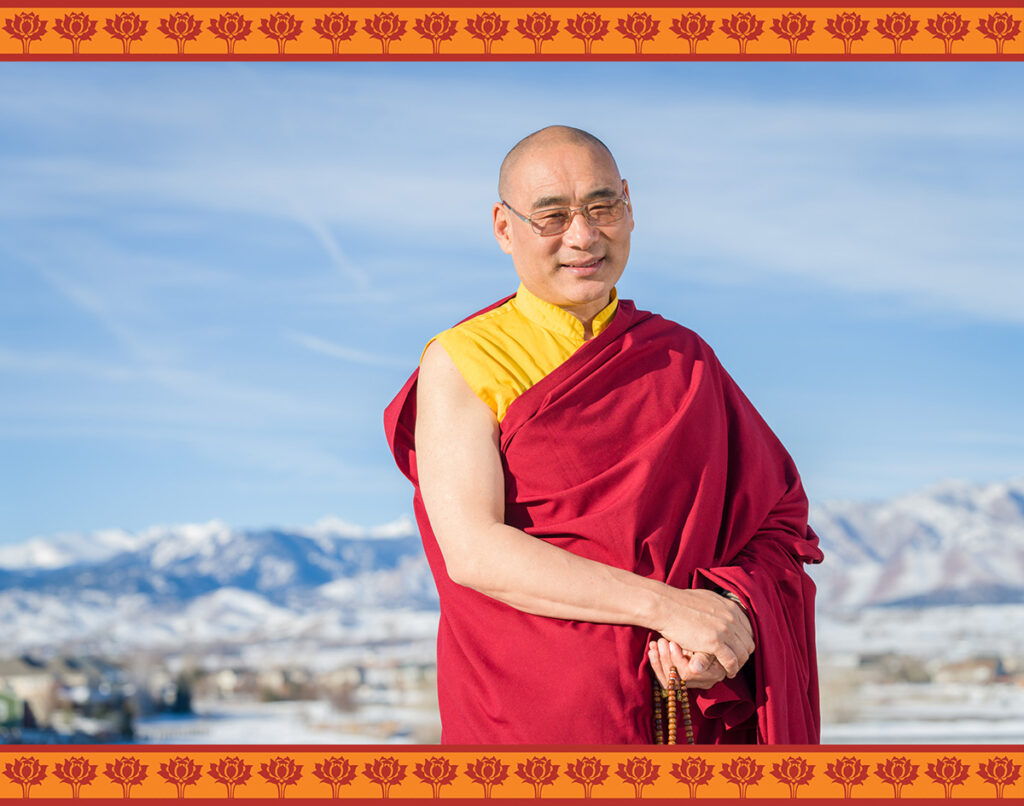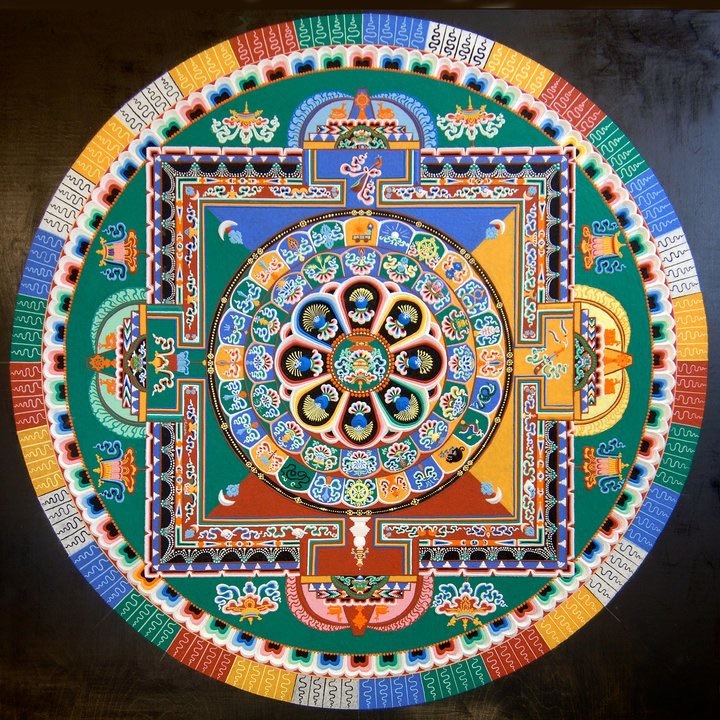Welcome to
Buddhark

Buddhark [‘bü – dahrk] is an online resource serving Buddhist practitioners in the Northwest Arkansas region,
Ordinarily, there are a growing number of Buddhist meditation and study groups in this area. Many of these groups are not meeting in person due to the current pandemic. We will update the listings of information for these groups as the threat of the pandemic recedes. For now, please consult our Directory for links to the groups to check for information about their present activities and offerings,
Many regular and special events take place throughout the year– now on zoom, but normally at Buddhist practitioners’ homes and at local retreat centers in this area. Information about them can be difficult to access. Buddhark aims to make all of these groups and events easily accessible from a single location, thereby creating a stronger community of shared spiritual interests here in Northwest Arkansas. We invite you to share up-to-date information about your own Buddhist organization with us.
Upcoming Events
Khentrul Rinpoche’s
Upcoming Activities and
Announcements
Katog Choling Gön (Katog Rit’hröd)
Retreat Center
Parthenon, Arkansas
Saga Dawa
The month of gathering accumulations to commemorate the Buddha Shakyamuni
Saga Dawa is the most important month of the Buddhist calendar as it commemorates three significant events in the life of our Teacher, the Buddha Shakyamuni:
1. His birth
2. His attainment of Buddhahood for the benefit of all beings
3. His passing (Parinirvana)
During this month, the power of positive actions and spiritual practice is magnified, making it an ideal time for accumulating merit and engaging in more practice. One of the most beneficial practices during Saga Dawa is to maintain a vegetarian diet as much as possible. Saga Dawa began on May 27th and will continue through June 25th.
The most important day of this month is the 15th day of the Tibetan lunar calendar, known as Saga Dawa Duchen, which falls on June 11th in the Western calendar. On this day, we focus on doing no harm and benefiting others in honor of the Buddha.
Khentrul Rinpoche will offer a teaching on the bodhisattva precepts and then give the vow ceremony. Everyone is welcome to participate.
When: June 11th, 11am CST
How: Saga Dawa – Live Webcast Teaching


Upcoming Wisdom Dharma Chat with Khentrul Rinpoche
Next month Khentrul Rinpoche will be joining Daniel Aitken, CEO of Wisdom Publications, for a Wisdom Dharma Chat to be broadcast live from New York City. Don’t miss this special opportunity to hear Daniel Aitken interview Rinpoche about his life, his teachers and studies, and his other personal reflections that practitioners may find especially meaningful.
The event will be streamed live on Zoom, June 25 at 7:00 pm Eastern. It is open to all. Register here to attend.
All Wisdom Dharma Chats are recorded and available to watch at your convenience. Can’t join live? Watch the recordings later here.
Tibetan Cultural Institute of Arkansas and OMNI Center PRESENTS
The Healing Ceremony
BY Tibetan Monks, YESHI TOPGEL, & GESHE THUPTEN DORJEE
June 7th, 2025, From 2:00 PM to 5:00 PM
AT OMNI Center Fayetteville, Arkansas
We are living in an age of difficult times that needs spiritual cleansing inside and out. Physical health situations can make our lives more stressful and difficult to manage thus healing practices perform an important function for practitioners. Tibetans’ tradition is to reach a cultural heritage of chanting, rituals, and mantra recitations that have been passed down from thousands of years. Monks perform the healing ceremony cultivating loving compassion to all beings. The healing ceremony is for overcoming obscurations, such as untimely death, sickness, curses, unsuccessful pursuits and maras. If you wish to have healing for yourself, family or friends, bring their names with some substance that belongs or belonged to them, such as coins, jewelry, cloth, hair, or food, etc. that can be thrown away as part of the ceremony.
During the ceremony we will be chanting the Heart Sutra mantra with guided meditation.
Heart Sutra mantra: Tadya ta, ga-te ga-te, para ga-te, para sang ga-te, bodhi so ha.
Compassion Mantra: Om Mani Padme Hum
Offering donations will be appreciated.

Tibetan Cultural Institute of Arkansas and OMNI
Center PRESENTS
THE CREATION OF THE HEALING SAND MANDALA
BY Tibetan Monks, YESHI TOPGEL, & GESHE THUPTEN DORJEE
June 13-14, 2025. 8:00 AM TO 5:00 PM DAILY
CLOSING CEREMONY WILL BE ON June 14, 4:30-5:00 PM
AT Good Shepherd Lutheran Church Fayetteville, Arkansas.
Formed of a traditional prescribed iconography that includes geometric shapes and a multitude of ancient spiritual symbols, the sand-painted mandala is used as a tool for re-consecrating the earth and its inhabitants. Tibetans believe just viewing the sand mandala itself heals negative energy.
The monks will begin their work by drawing an outline of the mandala on a wooden platform. The following days, the public is invited to see the laying of the colored sands, which is affected by pouring the sand from traditional metal funnels called chak-purs. Each monk holds a chak-pur in one hand, while running a metal rod on its grated surface. The vibration causes the sands to flow like liquid.
Traditionally, most sand mandalas are deconstructed shortly after their completion. This is done as a metaphor of the impermanence of life. The sands are swept up and placed in an urn. To fulfill the function of healing, half of the sand is distributed to the audience at the closing ceremony, while the remainder is carried to a nearby body of water, where it is deposited. The waters then carry the healing blessing to the ocean, and from there it spreads throughout the world for planetary healing.
1. What’s the importance of sand mandalas?
Thousand-year tradition of sand mandalas give audiences a way to visualize their life both as a spiritual journey that allows for constant improvement and progress as well as a journey that is impermanent in nature helping them become more aware of the
opportunities that fall to them as sentient beings.
2. What is a sand mandala?
Sand mandalas are a two-dimensional blueprint for a spiritual palace that houses a central deity embodying any number of positive attributes: love and compassion, healing, service, and wisdom are just a few of the possibilities.
By contemplating the creation of the mandala, we are able to visualize the spiritual life in all of its phases, from its earliest development to its fullest flowering.
After hundreds of hours of labor, at a final ceremony the mandala is destroyed, small amounts of sand are distributed to those present, and the remaining is poured into a river so that its healing power is spread across the land and out into the whole world.
3. What do you expect the people seeing sand mandala can learn? Tibetans believe just viewing the sand mandala itself heals negative energy and, what do you expect you can learn after introducing sand mandala to western people?
Western people, at a very basic level, learn the value of extended concentration and the importance of patience while serving the human community. The selflessness shown by the mandala artist, as he labors for hours each day to create a work of art of this magnitude, is a lesson that our people never forget. And then to see him destroy what he has worked so hard to create provides a valuable lesson in impermanence of our lives.
Having introduced many people to the mandala, I have learned that Tibetan philosophy, even at the most simple level, has a relevance for all human beings as it emphasizes compassion, service to the community, and a very healthy kind of self-confidence.